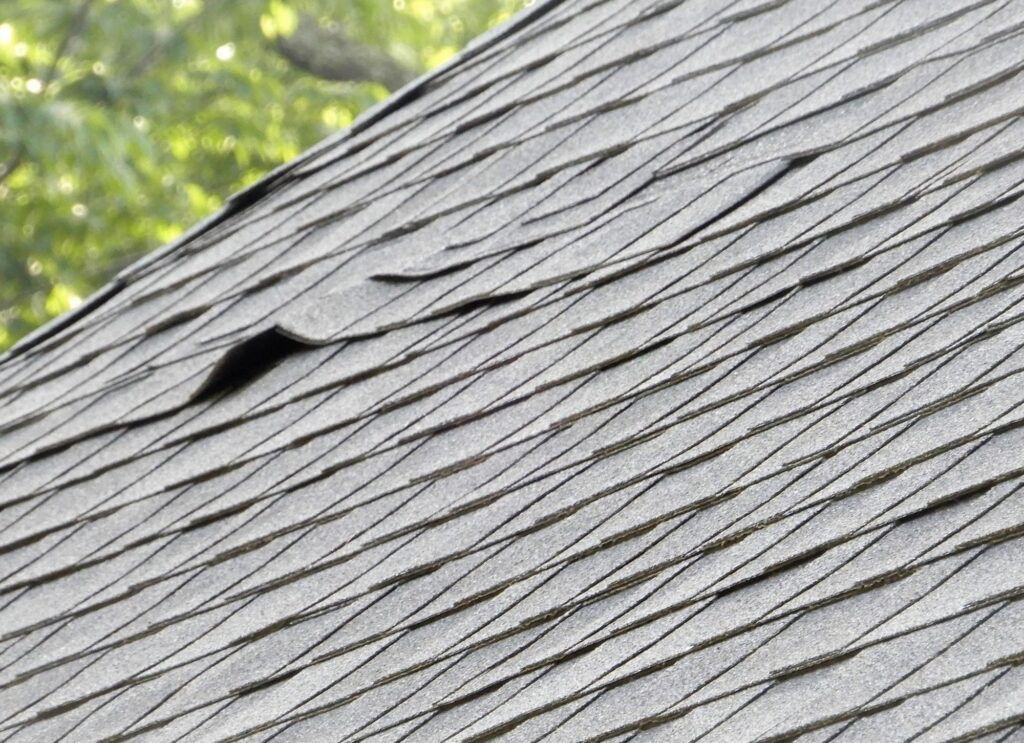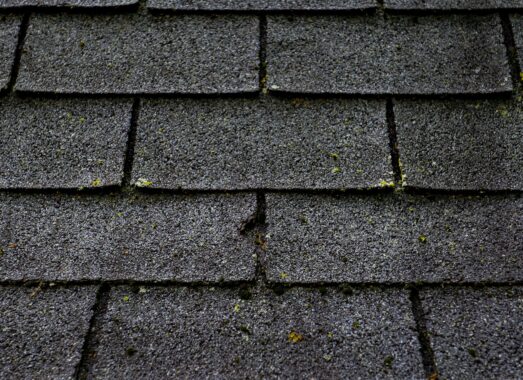The lifespan of a roof can vary depending on factors such as the type of roofing material used, the quality of installation, the climate of the area, and the level of maintenance it has received over the years. In general, a 20-year-old roof might be approaching the end of its expected lifespan, especially for certain roofing materials. Here’s a rough breakdown of how different roofing materials might age:
- Asphalt Shingles: Asphalt shingles are one of the most common roofing materials. They typically have a lifespan of around 20 to 30 years. So, a 20-year-old asphalt shingle roof could be considered nearing the end of its useful life, and you might start experiencing issues like curling, cracking, or granule loss.
- Metal Roofs: Metal roofs are known for their durability and can last anywhere from 40 to 70 years or more. A 20-year-old metal roof might still have many years of life left, especially if it has been well-maintained.
- Tile or Slate Roofs: Tile and slate roofs are known for their longevity and can last well over 50 years or even a century with proper maintenance. A 20-year-old tile or slate roof might still be in good condition.
- Flat Roofs: The lifespan of flat roofs can vary widely depending on the material used (EPDM, TPO, PVC, etc.) and the quality of installation. Some flat roofing materials can last 20 to 30 years or more, while others might need replacement sooner.

It’s important to note that signs of wear and aging might start becoming more noticeable around the 20-year mark for many roofing materials. These signs could include:
- Curling, Cracking, or Missing Shingles: For asphalt shingles, curling edges, cracks, or missing shingles can be indications that the roof is aging.
- Leaks or Water Stains: If you’re experiencing leaks or water stains inside your building, it could be a sign of roof deterioration.
- Granule Loss: On asphalt shingles, granule loss is a sign that the shingles are deteriorating and might not provide effective protection.
- Visible Wear: Look for signs of wear and tear on the roof surface, such as rust on metal roofs or chipped tiles on tile roofs.
- Energy Efficiency: If you notice a significant increase in your heating or cooling bills, it might indicate that your roof’s insulation or energy-efficient properties have deteriorated.
Before making any decisions, it’s recommended to have your roof inspected by a professional. We can assess the condition of your roof and provide recommendations based on its current state. If your 20-year-old roof is showing signs of significant wear or if you’re experiencing issues, it might be a good time to consider either repairs or a full roof replacement, depending on the severity of the problems.
Not sure if your roof is at the end of its lifespan? Tesson Roofing offers FREE estimates to our friends in St. Louis and surrounding areas! Ready to get started? Click here to Learn More or call (314) 932-1042
